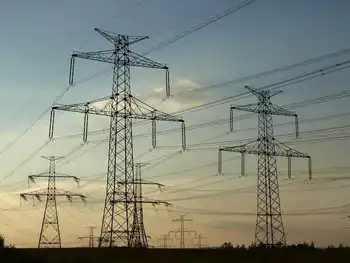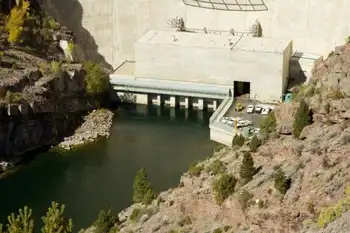Tribes key in renewable energy development
By Associated Press
CSA Z463 Electrical Maintenance
Our customized live online or in‑person group training can be delivered to your staff at your location.

- Live Online
- 6 hours Instructor-led
- Group Training Available
Tribal lands make up about 5 percent of the United States and hold an estimated 10 percent of the country's renewable resources. Projects to harness the sun's energy, particularly in the Southwest, and to use wind power in the Great Plains and Alaska's coastal Native villages are the most promising, the report by the National Wildlife Federation said.
But funding the projects and moving the power through transmission lines across reservations and onto the grid can be difficult. Among the recommendations in the report — some of which are being lobbied for in Congress — is to provide tribes with the same access to financial and technical resources that state and local governments have.
Tribal governments can be wary of state incentives for renewable energy development, which vary from state to state and require that tribes create a state-chartered organization to be eligible, according to the report. Doing so means tribes relinquish sovereign immunity and subject themselves to state law and reporting requirements.
Tribes, as tax-exempt entities, also do not benefit from a federal production tax credit for renewable energy projects. However, legislation pending in Congress would allow tribes to transfer their share of the tax credit to private entities financing projects in a joint venture.
Tribes also must consider whether to assess taxes on projects by non-tribal investors, which the state also would tax, and which could drive away the investors.
"They (tribes) have some burdens to overcome, but they do see the potential, especially with the resources," said Bob Gruenig, senior policy analyst with the National Tribal Environmental Council. "With some of these barriers coming down, you'll see more of them getting into it."
The more than 560 federally recognized tribes can apply for grants through the U.S. Department of Energy's Tribal Energy Program, but the funding is scarce — about $5 million a year. A 2005 federal law authorized up to $20 million a year for the program, but it has no specific appropriations.
Of the 93 projects the program funded from 2002-2008, most have been for feasibility studies. Large-scale projects typically are possible only if they're close to transmission lines, which the report noted often skirt tribal lands and can cost $10,000 or more per mile.
"In the future, tribes must be included in the regional transmission line planning," the report said.
Tribal lands have the potential to produce 17.6 trillion kilowatt hours of electricity a year from solar power, about 4.5 times the total amount of electricity generated in the U.S. in 2004. The lands also are capable of producing an estimated 535 billion kilowatt hours of electricity per year from wind power.
The Campo Kumeyaay Nation outside San Diego hosts the only wind farm on tribal land in the country. It plans to invest $60 million in a second one, securing 20 percent ownership. The tribe will acquire full ownership of both wind farms after 25 years of operation.
Tribal Chairwoman Monique LaChappa said the tribe signed on as a lessee on the first wind farm to gain experience in the energy field. In turn, the tribe got infrastructure development — a substation and transmission lines — on its land.
Ownership was a nonnegotiable aspect of the second project, she said, which many companies interviewed didn't understand. The tribe eventually chose to partner with a Chicago-based wind farm developer and a San Diego electric company. Financing, some of which would come through bonding authority, is the next hurdle.
"My people said, 'We don't want to continue to be passive in agreements. We want to be owners and have the American dream like everyone else,'" LaChappa said.











